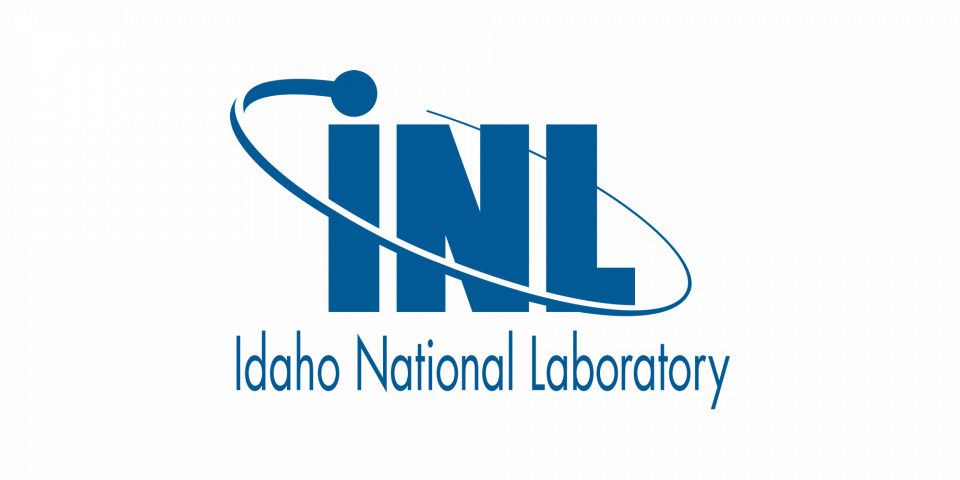Argonne National Lab: Making nuclear research reactors more secure
Nuclear research reactors throughout the world enable crucial scientific progress that benefit many sectors, health care and the environment among them. But some of those reactors need an important adjustment: a conversion from using high-enriched uranium fuel to using low-enriched uranium fuel.










